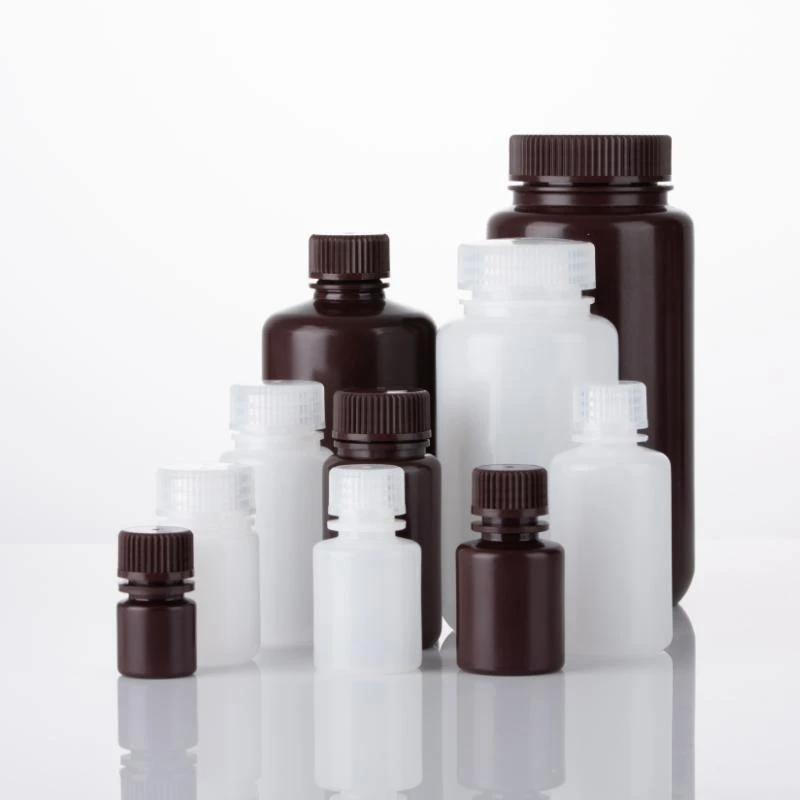petri dish vs cell culture dish
Petri Dishes vs. Cell Culture Dishes A Comparative Analysis
In the field of biological research, the tools and equipment utilized can significantly influence the outcomes of experiments and studies. Among the plethora of available tools, Petri dishes and cell culture dishes are two of the most commonly used items for culturing cells and microorganisms. Although they may seem similar, they serve distinct purposes, possess varying designs, and are intended for different applications. This article aims to explore the differences and similarities between Petri dishes and cell culture dishes, examining their construction, applications, and the implications these differences have on laboratory practices.
Construction and Design
Petri dishes, named after the German bacteriologist Julius Richard Petri who invented them in the late 19th century, are shallow, flat, cylindrical dishes typically made of glass or clear plastic. They usually consist of two components a base and a lid. The base is where media (agar or broth) is poured and allowed to solidify, providing a surface for microbial growth. The lid serves to protect the contents from contamination and evaporative loss.
On the other hand, cell culture dishes, often referred to as culture plates, are designed specifically for the growth of cells, either adherent or suspension. They come in various shapes, such as 6-well, 12-well, and 24-well plates, allowing for multiple experiments to be conducted simultaneously. These dishes are generally made from polystyrene, which is treated to promote cell attachment, enhancing the ease of cell culture and experiments involving adherent cells. Additionally, cell culture dishes can be coated with extracellular matrix proteins to further facilitate cell attachment and growth.
Applications in Research
The applications of Petri dishes and cell culture dishes vary significantly due to their design and function. Petri dishes are predominantly used for microbiological studies, particularly for isolating and culturing bacteria and fungi. Researchers can streak different samples on the agar surface, allowing colonies to grow separately, which is essential for identification and antimicrobial susceptibility testing. The surface area offered by Petri dishes allows for a range of growth conditions and easier observation of colony morphology.
petri dish vs cell culture dish

Cell culture dishes, however, are primarily used for vertebrate cell cultures, including those derived from human and animal tissues. They are suitable for experiments involving cell proliferation, drug testing, and cellular response to environmental changes. The design of the wells in cell culture dishes allows for varied experimental setups, such as co-culture systems and high-throughput screening applications. Furthermore, some cell culture dishes are designed for specific techniques, like those with a membrane insert for transwell assays, which allow for the study of cellular interactions across porous membranes.
Contamination Control and Sterility
Contamination is a critical concern in biological research, as it can drastically affect the validity of experimental results. Both Petri dishes and cell culture dishes are designed to minimize contamination, but the methods differ. Petri dishes are commonly used in sterile environments where researchers transfer samples aseptically. They are often sealed with parafilm or other materials after inoculation to reduce the risk of airborne contaminants.
Cell culture dishes tend to have more sophisticated modes of sterility assurance. Many are designed to fit in specialized incubators, maintaining optimal temperature and CO2 levels for cell growth. Additionally, some dishes come with vented caps to allow for gas exchange while still minimizing contamination risks.
Conclusion
In conclusion, while Petri dishes and cell culture dishes may appear similar at first glance, they serve distinct purposes and cater to the needs of different research fields. Understanding the differences in their design, application, and contamination control is essential for researchers to select the appropriate tools for their experiments. By appreciating these nuances, scientists can improve their experimental design and ensure they achieve accurate and reliable results in their studies. The advancement of biological research hinges not only on the questions we ask but also on the tools we choose to seek answers.
-
Aesthetic Makeup Spray Bottles | Fine Mist Empty RefillableNewsAug.19,2025
-
White Plastic Veterinary Vaccine Vials | Lab Liquid BottlesNewsAug.18,2025
-
Plastic Medicine Liquid Bottle: Secure Flip Top Drug VialsNewsAug.17,2025
-
Durable 250ml Blue Plastic Vaccine Vial for Lab & Vet UseNewsAug.16,2025
-
Sterile Virus Sample Tubes: Secure & Reliable Specimen CollectionNewsAug.15,2025
-
White 250ml Plastic Vaccine Vial for Lab & Vet MedicineNewsAug.14,2025
























